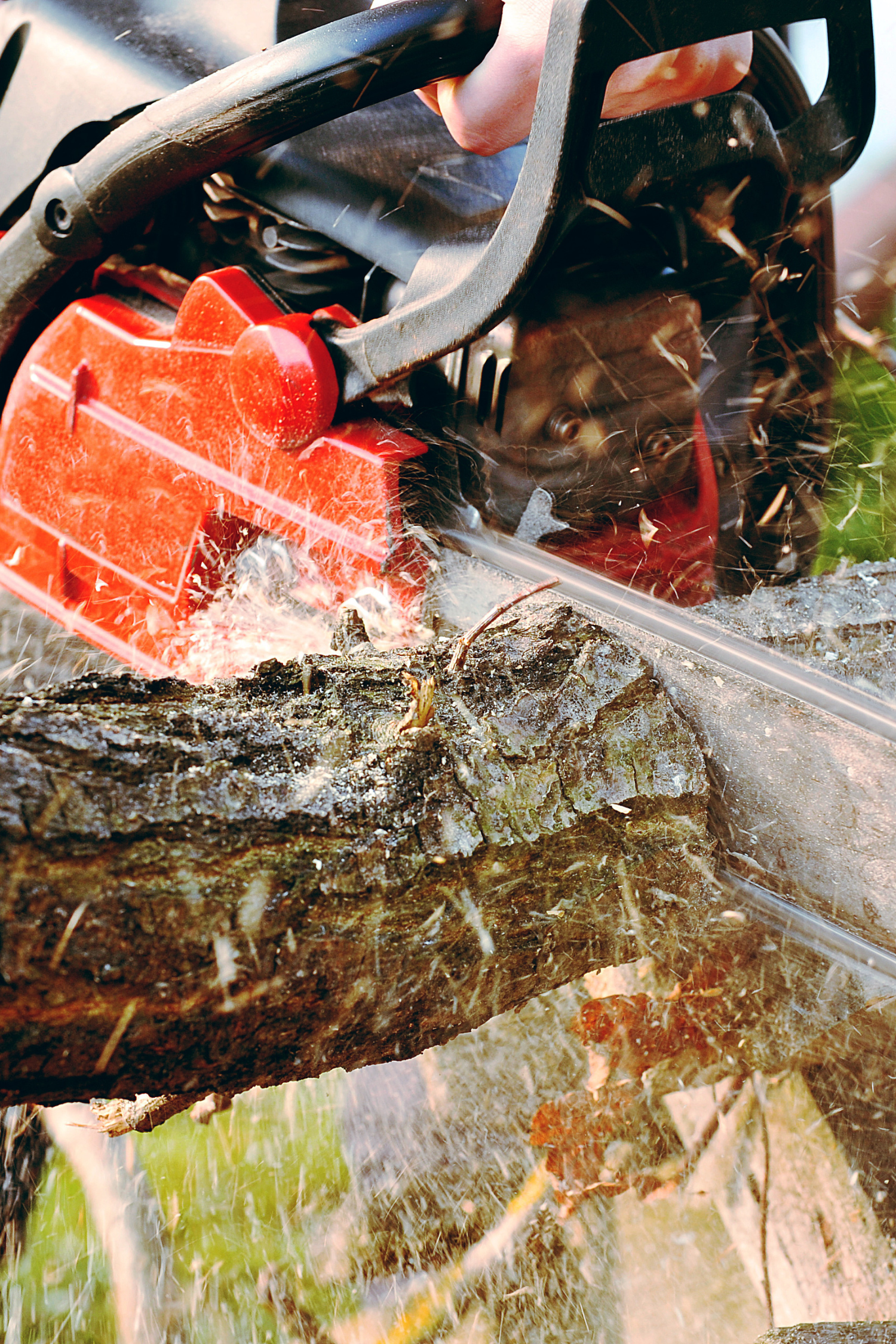Selecting the right chainsaw chain is crucial for ensuring both efficiency and safety when using your chainsaw. One common mistake is choosing a chain that doesn’t fit the specific requirements of your chainsaw model, which can lead to poor performance and increased wear. Understanding the differences between chain types, such as full-chisel versus semi-chisel, can help avoid these pitfalls.

Full-chisel chains cut quickly but are prone to dulling faster, while semi-chisel options offer better longevity in rough conditions. For those tackling tough jobs or abrasive wood, a durable chainsaw chain from Jono & Johno or anywhere else can withstand heavy use without frequent sharpening. The right choice depends on balancing speed, durability, and the type of wood being cut. Matching the chain to both the saw’s power and the demands of the task ensures smoother operation and less strain on the equipment.
On the other hand, regular checks and maintenance aren’t just about longevity—they’re critical for safety. Ensuring your chainsaw chain is properly oiled and tensioned reduces the risk of accidents. Avoiding these common mistakes helps maintain the integrity of your chainsaw while optimizing its performance.
Key Takeaways
- Choosing the right chain fit is essential.
- Durable chains increase efficiency and lifespan.
- Regular maintenance ensures safety and performance.
Selecting the Right Chainsaw Chain
Choosing the right chainsaw chain involves understanding specific features like gauge, pitch, and the number of drive links as well as selecting the suitable size and type for the task. Ensuring correct chain tension is crucial for performance and safety.
Understanding Chain Specifications
Chainsaw chains have several key specifications to know. Pitch is the distance between any three consecutive rivets divided by two, affecting chain aggressiveness. Gauge refers to the width of the drive links that fit into the guide bar, critical for proper fit. The number of drive links dictates chain length and needs to match the guide bar.
The tension level of drive links is what ensures seamless operation. Understanding these specifications is crucial for efficient use and safety, reducing the risk of slippage and chain damage. Misalignment can result in inefficient cutting and increased wear and tear on both the chain and chainsaw.
Choosing the Correct Chain Size and Type
When selecting a chainsaw chain, it’s essential to match the chain size to the saw’s specifications. Different chainsaw types might require unique chain types, some demand a narrow kerf chain for enhanced cutting speed with less power, suitable for smaller saws, while others use low-profile chains for safety with reduced kickback.
Look for compatibility with the drive sprocket; incorrect sizing can lead to cutting inefficiencies or equipment damage. Consider the job requirements, as heavier-duty tasks may need more aggressive chains with higher pitch and gauge values to increase cutting force and durability.
Evaluating Chain Tension and Drive Links
Chain tension plays a vital role in chainsaw performance and operator safety. A well-tensioned chain enhances cutting efficiency and reduces the risk of accidents. Regularly check tension by pulling up gently on the chain; it should snap back into position without sagging.
Inspect the drive links to ensure they fit snugly against the guide bar without excessive play, maintaining a balance between too loose and too tight. Correct tension requires routine adjustments since temperature changes and normal use can alter the chain’s fit, impacting both performance and longevity.
Maintenance and Safety Practices
Maintaining a chainsaw chain involves regular sharpening, ensuring the chainsaw is in good working condition, and utilizing proper safety gear. These practices not only extend the life of the chainsaw but also protect the user from potential hazards like kickback.
Proper Chainsaw Chain Sharpening
A sharp chainsaw chain is essential for effective and safe cutting. Chains can dull quickly, especially when used on hard wood. Users should employ a round file sized appropriately for the chain teeth to maintain sharpness. This not only reduces sawdust production but also minimizes the risk of kickback due to uneven cutting.
Checking the chain tension is also crucial, as a loose chain can increase the risk of accidents. It’s advisable to inspect the chain’s tension before using the saw and adjust as necessary. Periodically examining the guide bar for wear ensures the chain runs smoothly and doesn’t slip off.
Routine Chainsaw Maintenance
Proper maintenance of a chainsaw involves several steps to ensure safety and efficiency. Regularly cleaning the air filterkeeps the saw running smoothly by preventing dust and debris build-up. Checking the starter cord for fraying is essential as it prevents unexpected failures when starting the chainsaw.
Engage the chain brake when the chainsaw is not in use to prevent accidental startup. After each use, store the chainsaw in a dry location to prevent rust and degradation of the components. Ensuring the proper storage of fuel and lubricants is also vital to prevent contamination and fuel degradation.
Using Personal Protective Equipment
Wearing appropriate personal protective equipment (PPE) is crucial to avoid injury. According to ANSI Standard B175.1-2021, users should always wear gloves, ear protection, and safety goggles when operating a chainsaw. These items protect against flying debris and excessive noise.
Chainsaw chaps or pants offer additional protection from potential chain contact. It is important to choose PPE designed specifically for chainsaw use, such as Bison Chainsaw protective gear, which is fashioned to withstand the chainsaw chain’s potential impact. Proper PPE not only increases safety but also boosts confidence while using the tool.
Conclusion
Selecting the right chainsaw chain is crucial for optimal performance and safety. Understanding key factors such as chain length, pitch, gauge, and drive links ensures compatibility with your saw.
Avoid common mistakes like ignoring the manufacturer’s specifications and failing to maintain the chain regularly. This informed approach will enhance cutting efficiency and extend the lifespan of your equipment.

Leave a Reply